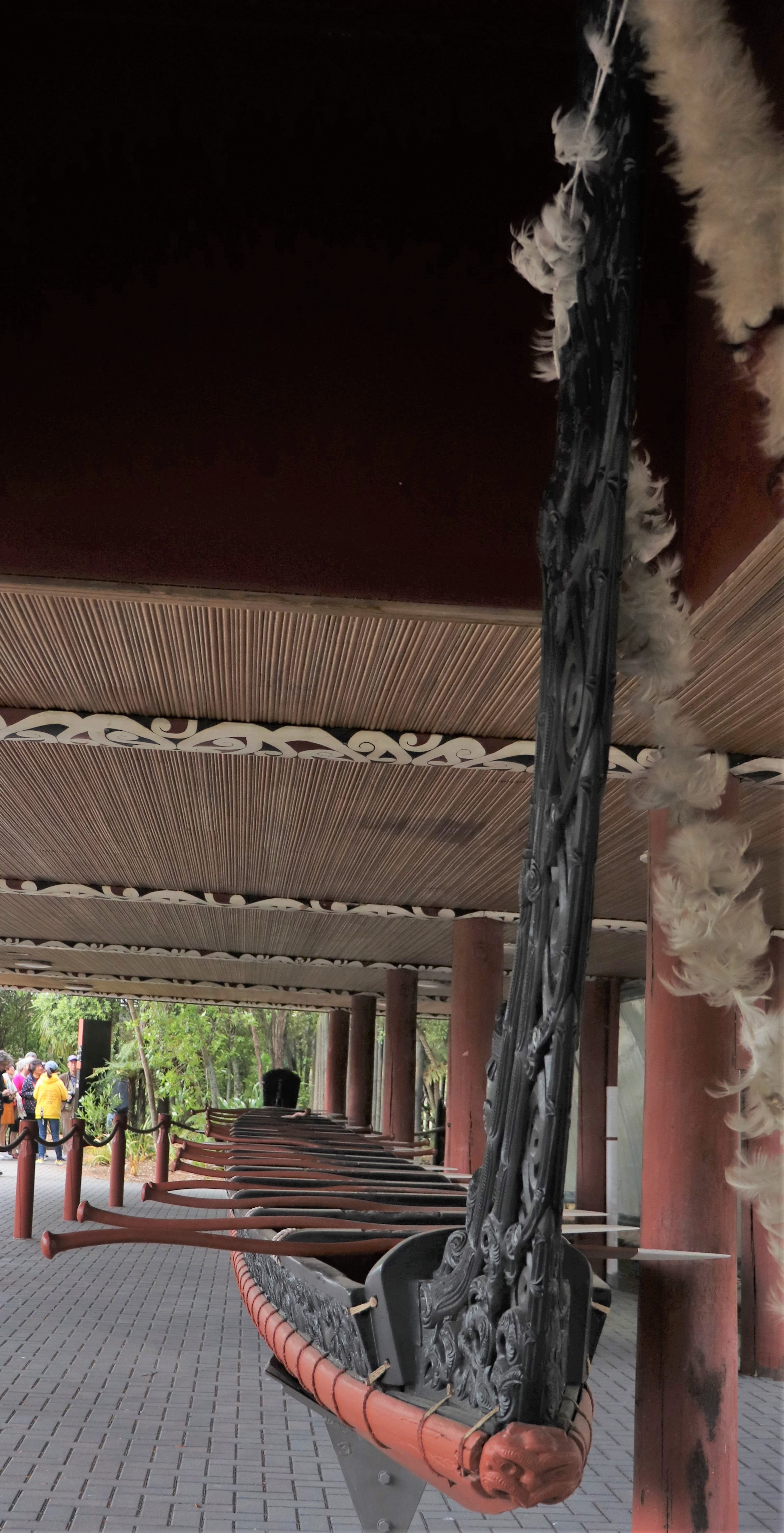I’ll start this week’s column where last week’s finished: “When we lose something or someone because they, like the kiwi, aren’t able to adapt, we’re as much the losers as they are.”
To which one Commenter replied, “Then how do you move into the future? Children miss their teddy bears when they grow up. Would you recommend keeping the factory line that makes buggy whips? There’s only room for so much stuff, whether it’s an economy or an ecosystem.”
And so, a question: Is a mainframe computer in any way comparable to a teddy bear? A kiwi? A tuna?
When I wrote about how sad it would be were the kiwi to lose its battle with extinction, I was thinking in terms of its intangible value for our sensibilities. I might just as easily, and just as accurately talked about the impact of the unescapable dominance of electric vehicles on drivers who love the sound of a muscle car revving its engine.
Or the impact of machine learning on the value we derive from the chess grandmaster archetype.
Or, let’s spin ourselves into the unavoidable future in which robotic football players replace their current-day human counterparts. Will Packer fans be as loyal and enthusiastic rooting for PX-6783-93-c as they now root for Aaron Rodgers?
That something is inevitable in no way makes it desirable.
But the kiwi’s plight, and that of the tuna, informs us in other ways more directly applicable to organizational strategy, tactics, and operations.
What’s important for business professionals to understand about the kiwi is that it’s a very well-designed bird. Well designed, that is, for an environment in which seeds, grubs, and worms are plentiful for them to eat, while nothing wants to eat them. In this situation, strong beaks and talons would be wasted — high-energy predation is pointless. The same is true for growing wings and the other adaptations necessary for flight.
If you’re in a parallel business situation — your company enjoys, say, a monopoly — there isn’t much point in developing the capabilities businesses develop to make them more competitive.
Contrast the kiwi with the tuna. Until very recently (in the context of evolutionary timescales), size gave tuna significant advantages: they could eat bigger prey; they could swim faster letting them catch bigger prey and escape from bigger predators.
As humans have become the most important tuna predator, size — because it’s what human commercial tuna piscators prize most — has become a disadvantage.
A business parallel? Try this: In a stable marketplace, businesses should grow. Size confers increased throughput and economies of scale throughout, whether the subject is raw materials, manufacturing, or distribution.
But in an unstable marketplace, a corporate behemoth can find itself suffering from too much capacity, while at the same time lacking what it needs to rapidly adapt to changing circumstances: research-and-development facilities to develop the products and services customers now want; the marketing capabilities needed to sell to unfamiliar markets; and skill at intentional business change so the whole organization knows how to operate in the new situation.
This is, by the way, where many Digital advocates get into trouble: Digital strategies, business capabilities, and underlying technologies are presented as universal requirements, or as panacea-level solutions all businesses must adopt or else die.
But there are no universal requirements or panaceas. As pointed out in the KJR Manifesto, there are no best practices, only practices that fit best.
The reverse also matters: Success can be an organization’s worst enemy, because success can blind business leaders to emerging threats, not to mention opportunities.
We can imagine members of the Kiwi Evolution Planning Committee debating priorities shortly after the first Rattus norvegicus appeared on New Zealand’s shores. Would its members have recognized the severity of the threat, or minimized it so as to rationalize the importance of respecting budgetary “realities”?
Would they have been willing to abandon the kiwi way of life — of flightlessness, grubbing in the underbrush for food, growing feathers that look like hair, and lacking any anatomical features useful for defense?
Or would they have told each other that rats would never make it in New Zealand because their teeth were too sharp, their pace too fast, and fecundity way too high compared to kiwi best practices?
Because we like kiwis more than we like rats (we all do, don’t we?) we’d all surely hope the KEPC would have chosen an evolutionary path that would have given them the upper hand … uh … wing.
And we’d forgive them if, as they figured it all out, they paused to regret having to lose some of what makes a kiwi a kiwi in the first place.


 New Zealand’s history is one history that includes both.
New Zealand’s history is one history that includes both.